
Month: January 2016

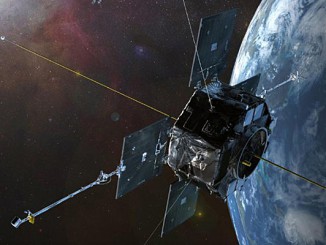
NASA’s Van Allen probes revolutionise view of radiation belts
About 600 miles from Earth’s surface is the first of two doughnut-shaped electron swarms, known as the Van Allen Belts. Understanding the shape and size of the belts, which can shrink and swell in response to incoming radiation from the Sun, is crucial for protecting technology in space. A new study of data from NASA’s Van Allen Probes reveals that the story is a complex one.

Saturn’s moons Janus and Tethys
Janus and Tethys demonstrate the main difference between small moons and large ones; it’s all about their shape. Moons like Tethys are large enough that their own gravity is sufficient to overcome the material strength of the substances they are made of and mould them into spherical shapes, but small moons like Janus are not massive enough for their gravity to form them into a sphere.
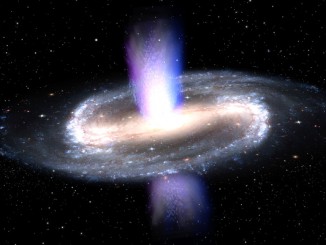
A Milky Way twin swept by an ultrafast X-ray wind
ESA’s XMM-Newton X-ray space observatory has found a wind of high-speed gas streaming from the centre of a bright spiral galaxy like our own that may be reducing its ability to produce new stars. The Seyfert galaxy, known as IRAS17020+4544 and located 800 million light-years from Earth, has a supermassive black hole at its core with a mass of nearly six million Suns.
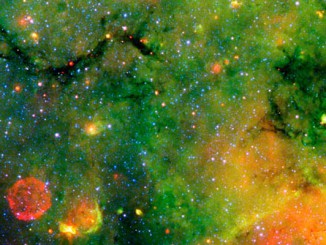
The properties of pre-stellar cores and the birth of stars
Stars like the Sun begin their lives as cold, dense cores of dust and gas that collapse under the influence of gravity until nuclear fusion is ignited. How the collapse process occurs is poorly understood, so astronomers are actively studying these issues by observing young stars in the process of being born.
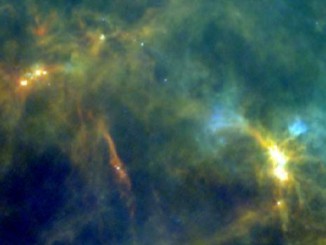
Herschel reveals filaments in the Serpens Core
This image from ESA’s Herschel space observatory shows the Serpens Core, the heart of a giant molecular cloud. These giant clouds are complex formations, most often made up of filaments mixed with clumpy and irregular folds, sheets and bubble-like structures. A typical spiral galaxy like the Milky Way can contain thousands of them.

Rebel rebel
Most galaxies possess a majestic spiral or elliptical structure. About a quarter of galaxies, though, defy such conventional, rounded aesthetics, instead sporting a messy, indefinable shape. Known as irregular galaxies, this group includes NGC 5408, the galaxy that has been snapped here by the NASA/ESA Hubble Space Telescope.
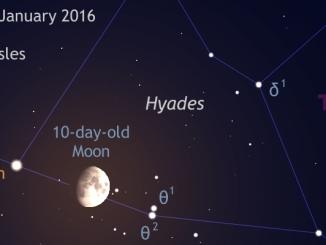
See the Moon glide through the Hyades and occult bright star Aldebaran
On the night of 19—20 January, the 10-day-old waxing gibbous Moon glides in front of the loose open star cluster known as the Hyades that represent the bull’s head in the constellation of Taurus, culminating in the occultation of bright star Aldebaran an hour or so before moonset for observers in the British Isles.
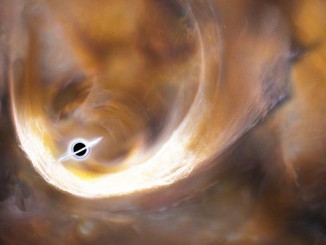
Signs of second-largest black hole in the Milky Way
A team of astronomers has found an enigmatic gas cloud, called CO-0.40-0.22, only 200 light-years away from the centre of the Milky Way. The cloud contains gas with a very wide range of speeds. The so-called velocity dispersion is best explained by the gravitational attraction of an intermediate mass black hole. If that is the case, then this is the first detection of such a body.

